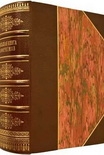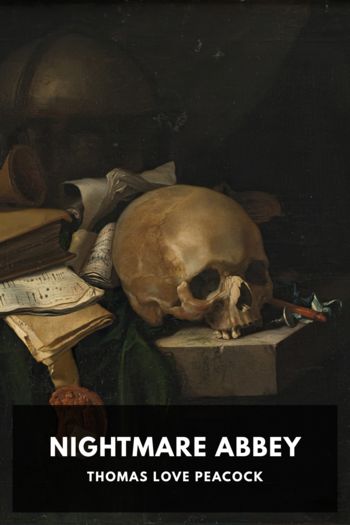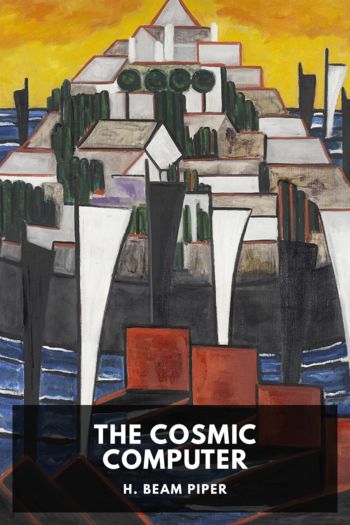Gluck, Diana Souhami [good novels to read in english txt] 📗

- Author: Diana Souhami
Book online «Gluck, Diana Souhami [good novels to read in english txt] 📗». Author Diana Souhami
Edmund Dulac’s headstone, with an image of Pegasus ascending to the stars and inscribed simply with the words ‘William Butler Yeats 1865–1939’, was not sent out to Roquebrune until 1953, the year that Dulac died. The following summer Edith and Gluck again journeyed to Roquebrune, were met by the Abbe Biancheri and paid homage to the stone now resting on the ossuary wall.
For Edith’s sake Gluck kept silent throughout her life on the events surrounding Yeats’s burial. She remained agitated though over her notes, letters and knowledge about it all. After her death her executors asked the Irish government if they would like to accept, as a gift, the correspondence telling of the saga so that they might deal with it as they saw fit. They declined the offer.
SIXTEEN
COSMIC INJUSTICE
The saga of Yeats’s bones was only one of the moral issues that preoccupied Gluck in the postwar years. Questions of justice became all-important to her. She did a series of formal portraits of judges in their high robes of office. From February until July 1949 she worked at the painting, commissioned by Lord Goddard, of Lord Wilfrid Greene who retired that year as Master of the Rolls. For some of the sittings he went to her studio at the Chantry, for the rest she travelled up to the Royal Court of Justice in the Strand. More than with previous pictures the quality of paints and canvas distressed her. Colour seeped into the canvas and went dead, even when applied thickly. Edith said it was like painting on a sheet. And brush strokes done in the same colour but drawn in different directions left a suede effect. She found that black paint stayed tacky for three days and left a silvery sheen or a blue edge. Her paints frustrated her, they seemed unpredictable and not in her control. Her problems with this picture were to drive her into a decade of battling with the paint manufacturers over the quality of materials. Day by day, while working on it, she noted the shortcomings of her paints and canvas.
Work at shadow side of face – forehead already gone dead and edge of wig.
Dark side of face hell to do, like suede, light and dark brush strokes. Tacky too and goes dead as work. Ear awful.
Work at light side of face. Dark side dead and quite silvery and shining like a sixpence on edge of wig …
It was a contrast to the happy pictures of Christmas revelry and flowers done in 1936 when she was so in love with Nesta. But her technical struggles do not show in the finished work. ‘Wilfrid Arthur Lord Greene, Master of the Rolls 1937–1949’ as she called it, has none of the edge of caricature that stamped her thirties’ portraits. She matched the seriousness of the subject. She used light and dark as a metaphor for truth and justice, and, as ever, showed her loving care for detail: the markers in the pages of the books, the manicured nails, the starched collar. Goddard had asked her not to paint Wilfrid Greene in a wig – he thought it sapped character – but she treats it as a symbol of status.
She finished the picture in June 1949, Edith gave a celebratory party and seventy-five Steyning residents called at the house to see it. Lord Goddard and Nancy and Wilfrid Greene went to lunch and declared themselves delighted with the painting. Goddard presented it to the Benchers of the Inner Temple and it was hung in their drawing room. ‘I suppose that differences of opinion are inevitable about all matters artistic’, wrote Lord Merriman, the Deputy Treasurer, to Lord Goddard (13 July 1949), ‘but I can only say that I have never known a case in which approval of the work has been so general’. ‘“Has Holbein come to life again?”’ remarked the librarian of the Bar library to Lord Greene. ‘I shan’t repeat any more eulogies – you will be getting too conceited. Very many thanks again and love to Miss Shackleton from both of us. Ever, Wilfrid’.1
The picture’s good reception did little to lift Gluck’s spirits. Somehow when Nesta went so too did the fun. Gluck and Edith worked out a domestic, ordered routine: roast dinner Sundays, six o’clock drinks with Steyning neighbours, trips to Glyndebourne and the Theatre Royal Brighton, touring holidays in Italy looking at frescos, cathedrals, and Pisa in the moonlight. They gardened and cared for the house. Edith bought a Stanley Spencer of a winter scene and Gluck bought a Picasso sculpture of a bronze hand. They celebrated each other’s birthdays with champagne and cake, and nursed each other’s illnesses, aches and pains. It was orderly home life, but a frustration and boredom with it bubbled below the surface for Gluck, and Edith had cause for disappointment. The coldness from her friends and relatives towards Gluck did not thaw. Harry Heald, her brother, visited one weekend and made rude remarks about Gluck’s tweed suit and only reluctantly gave her a lift to the station. Nora brought presents round at Christmas, but would not come in the house. And Gluck continued her habit of sending notes to Alison Settle when she thought she was being awful to Edith. Worst of all, between Gluck and Edith there were all too often upsets over trivial things, which left them miserable and worn out.
Gluck’s old Hillman, BUL 700 got towed away for good in September 1949. It had broken down on countless occasions but she was extremely attached to it. A week later she parted with her Hampstead studio which she no longer used. Dr Pollock, who bought Bolton House, wanted it but dithered over the price, so she sold it to the surrealist painter and spiritualist, Ithell Colquhoun, for





Comments (0)